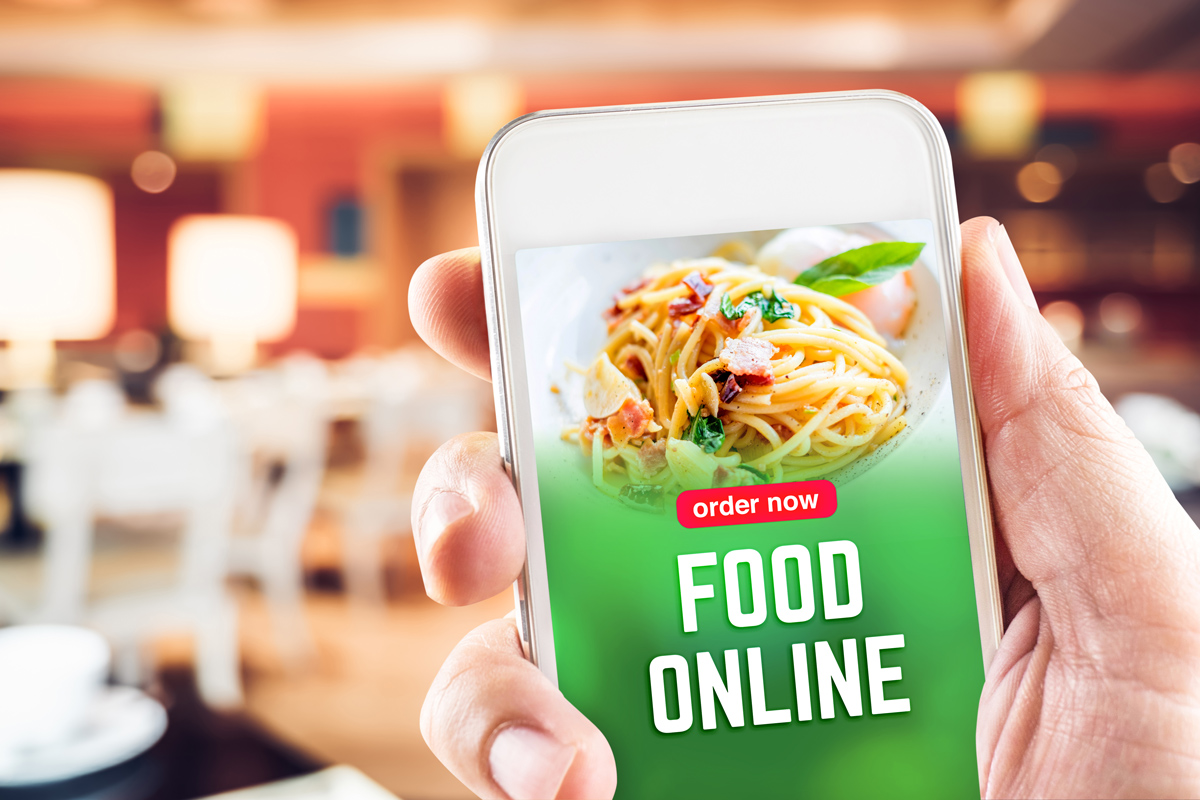10 Marketing Tactics Your Restaurant Needs to Be Using in 2019

Restaurants and digital marketing are a powerful combination. The latest trends and tools in marketing can prove particularly beneficial to a restaurant that’s looking to stand out from the crowd. The key is knowing what’s possible! To help, we’ve collected the best marketing tips of 2019 for restaurants on the rise. Check out the list and see what practices you can adopt!
1. Become a Part of Visual Social Media
Social media is an increasingly visual place, and this works in restaurants’ favor. However, even in 2019 far too few restaurants take advantage of this. Did you know that when an image is paired with information, people retain 65% of that information even three days later, compared to only 10% of the information without an image? People respond visually, and this is doubly true when restaurants can show pictures of their delicious food and get viewers drooling. So, if you haven’t already, now is the time to try:
- Facebook ads: Facebook ads are a great way to get visual images of your food front and center to viewers. They also have excellent targeting, allowing you to focus on a very specific audience – including their previous eating experiences. There’s a lot of synergy here, too: The images you use for Facebook ads can be used across social media in other forms as well!
- Instagram: Yes, your restaurant should be on Instagram in 2019. It’s an incredibly visual platform, it’s big with trendsetters, and it’s easy to convey important information about the dishes you are proud of and how people can get them.
- Twitter images: Yes, Twitter is also a strong platform for posting images, and will help you reach a broader audience that Instagram may not capture.
- Video: When you’re comfortable taking high-quality, mouth-watering pictures of your food (don’t be afraid to hire a professional for a food series of your top dishes), move onto video. These videos don’t need to be elaborate: Just several seconds showing food preparation or ingredients can have a huge impact.
2. Equip Your Facebook Page with a Chatbot
First, you should definitely have a Facebook Business Page for your restaurant. If you don’t, start here now! Facebook is an excellent platform for every size of restaurant, and many searchers go to Facebook to make their final decisions about what looks good. Facebook also has tools that are specifically helpful to restaurants, such as the ability to create menus within your Page, and the ability to create an order button that’s waiting there when people come to check you out.
But we want to draw particularly attention to chatbots, especially Facebook chatbots, and their role in today’s restaurant success. A chatbot automatically opens a chat window and greets a visitor when they arrive on your website or Facebook Page. Chatbots can be programmed to do all sorts of things, from answering questions to offering promotions or subscription opportunities, but their main goal is to be cheery and start a conversation. It works, too – visitors often feel comfortable with chatbots, whether or not it’s obvious there’s no one on the other end (some bots can be programmed to alert staff if a personal chat is needed).
When part of a larger strategy, these chatbots can be incredibly successful: They simply pair well with restaurant customers! ManyChat has a great case study on how a pizza used a chatbot campaign to make over $16,000 in four months. If that sounds like something you’d like a piece of, Blue Atlas Marketing can help you form the right chatbot plan for your eatery, too.
3. Fill Your Website with Great Local SEO
Local SEO is all the SEO that helps improve local search results. Great local SEO makes it more likely that Google will a show a restaurant at the top of its page, or highlight it on Google Maps. It’s also important for getting results from voice searches (i.e., “Alexa, where’s the nearest Thai food?”) and other new types of searches on the rise…all incredibly important things for restaurants.
There are many things you can do to encourage local SEO, but one of the most important is to make sure your contact information is complete, accurate, and always present. Make sure your full address and phone number, along with the full name of your business, are included together. Put them on your webpages. Put them on your profiles. Make sure your Google My Business is fully filled out and has pictures.
4. Reward with Retargeting
Retargeting ads focus on viewers that have encountered your brand before – maybe they’ve interacted with an ad or viewed your menu online. These ads can be created to offer such viewers specific discount codes when ordering from your restaurant. When people have food on the brain, such retargeting can prove very effective!
5. Promote Your Entertainment
We highly encourage you to work on a robust entertainment schedule for your restaurant. If you can dedicate a space to performance, you will find that your area is filled with up-and-coming bands, practicing musicians, poets and more, all eager to fill up your schedule. Dedicate a day or three a week to performances if you can. This is an increasingly popular reason for people to visit new restaurants or return to restaurants they’ve been to before. It also provides a wealth of marketing content for you to display, so be sure to promote that entertainment on your website and on social media!
6. Recruit Your Employees as Ambassadors
People visit restaurants based on recommendations! Referrals like this are incredibly effective, and there’s one untapped source that many restaurant brands forget to use: Your employees! Encourage your employees to become ambassadors for your brand. Ask them to post important news and exciting new dishes or deals on their social media and recommend them to friends.
7. Create Alerts for Your Cuisine and Prices
Find out what’s trending in your type of cuisine, and the price points you use! You can create in-depth alerts with marketing tools, or just use something general like Google Alerts, depending on how much time you want to invest. Either way, this will help you keep track of competitors, create good discounts, and come up with new marketing ideas.
8. Partner Up with Local Food Delivery
Most areas have food delivery services available, like UberEats, Bite Squad, DoorDash, GrubHub, Foodpanda, and other popular apps. If you don’t have a delivery in place, partner up with one of these services and create clear marketing content letting your customers know about it. A growing number of people will be happy to order in from your restaurant even if they don’t feel like going out. When your restaurant appears on these apps, it will also increase visibility and help your SEO – truly a win-win.
9. Use POS System That Track and Reward Customers
Avail yourself of a point-of-sale system that makes it easy to automatically gather customer information as they pay, giving you plenty of data to work with. These systems also make it very simple to sign customers up for rewards or special status. All in all, it’s a great jumpstart to your customer data management and buyer persona creation. Systems like Square are quite popular, but there are many options for you to find the right fit. Don’t let old POS hold you back!
10. Invite Influencers for a Taste
“Micro-influencers” is a term used for content creators that are highly local and generally reach small audiences in your area. These are bloggers, Instagrammers, writers and content sharers that can really help you reach a larger audience. You know what they all like? Free food. Explore and reach out to micro-influencers in your area: Offer them some free food in exchange for a write-up, or just invite them to come in and have a personalized meal sometime.




